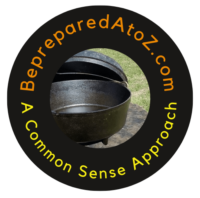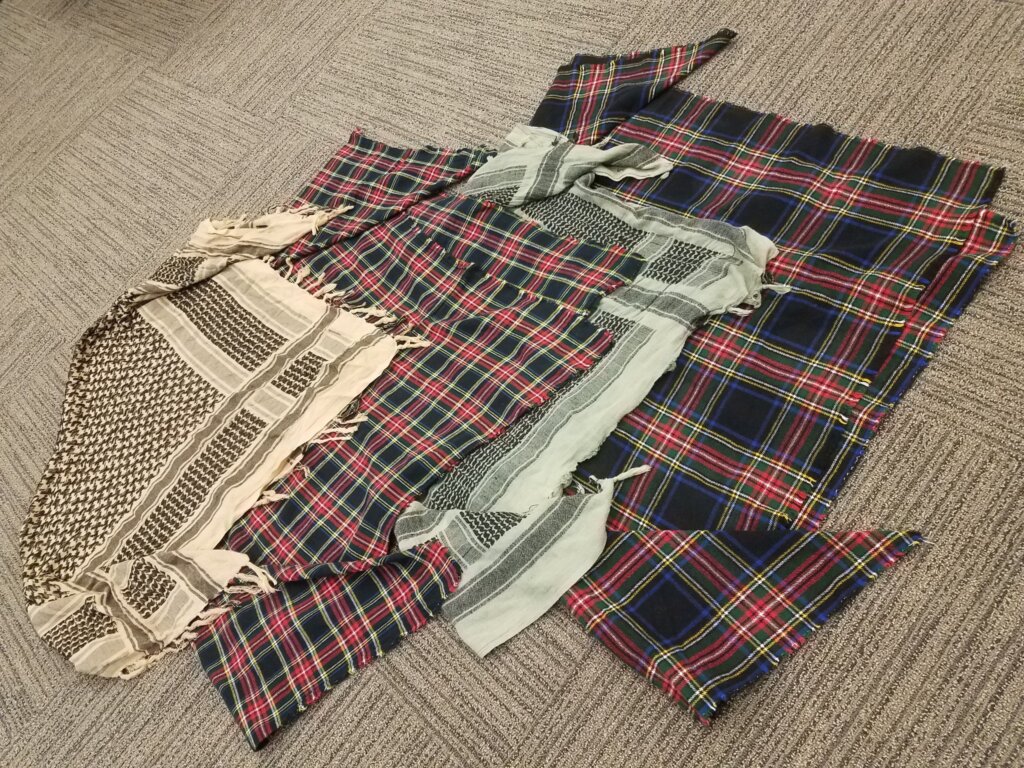Rhubarb! Why is growing rhubarb important for preparedness? It’s a very tart vegetable that’s very expensive to buy. As of this writing, at my Walmart, rhubarb is $2.48 a pound, if and when it’s in stock. When rhubarb has already been converted into a pie filling or jam/jelly, the price jumps dramatically. The problem you and I have is putting this very beneficial vegetable on the table with a restricted food budget. This post will show you that rhubarb is cheap to obtain, easy to grow, and simple to store – rhubarb.
So, what is rhubarb?
Technically speaking, it is a vegetable. Rhubarb, however, is used like fruit and pairs beautifully with fruits like strawberries and peaches. If you are familiar with and use the diabetic exchange table, you will find it listed as a fruit. According to the Cornell Cooperative Extension Service, there are 24 acres spread across 57 farms in New York that grow rhubarb for commercial purposes.
Step 1 – How to Obtain Starter Stock for Your Rhubarb Patch
Growing rhubarb from seed is possible, but in my experience, that is the hard way to start the plants. Purchasing roots is easier and much less time-intensive. You can find starter seeds and rootstock at most good garden supply centers.
There is an Easier Way
There is a much simpler and less time-intensive way to start growing rhubarb. Find someone with a rhubarb patch and ask them if they would share, (split), a plant. People I know that grow rhubarb will be thrilled to give you a piece of the plant. Ask around in your social media groups. I believe somebody will know somebody who has rhubarb.
Don’t worry about the piece of rootstock you get from your local gardener. Sometimes, it will appear to have very small, weak root stalks. People worry that the plant is of poor quality. Generally, that is not the case at all. What has happened is the plant has grown to the point that it is literally choking itself out. This causes the stalks to be small and appear weak. By splitting the plant, you give it room to spread out and the stalks will be much bigger and healthier.
Step 2 – Know the Parts of the Rhubarb Plant
There are 5 main parts of the plant. The root (dig up a plant, Pictures/video) The Crown (picture(s?), The Stem, The Leaf, and the Flower with stalk
Step 3 – You Have the Rhubarb Plant Stock, Now What? Plant it…
Plant it. (I know, my grasp of the obvious is astonishing). Growing your rhubarb requires a tiny bit of knowledge about the parts of the plant. Do not plant too deep or too shallow for satisfactory results.
How to Plant Rhubarb
When planting the new-to-you rhubarb cuttings, the crown should be even with the surface of the ground. I find that folks all over the internet want to bury the crown up to 3 inches deep. This practice may work. I have never seen it in anyone’s rhubarb patch personally. Planting the crown even with the surface will produce a plant that is strong and vibrant much faster than a crown that is buried.
Spacing is a very important issue with rhubarb. Rhubarb should be planted at least 4-6 feet apart. If you have more than one row, those rows should be at least 6 feet apart. The leaves and stalks of a healthy young rhubarb patch will easily cover this space. Ideally, the plants in rows will be offset, creating a zigzag pattern between the 2 rows
The easiest way to plant the new plant is to place your shovel into the ground slightly deeper than the root is long. Force the shovel forward, opening up a hole big enough for the root to fit. Place the root into this new hole, pull the shovel out, and pack the dirt firmly around the root. Water well for several days until additional growth is seen. Do not overwater. Rhubarb does not like soggy soil. Then watch it grow!
Step 4 – Where to Plant Rhubarb
The literature suggests that rhubarb will thrive best in full sun. There are numerous places online that concede that rhubarb will grow in partial sun. In my experience, rhubarb thrives in a location that has partial sun part of the day and full sun the rest of the day.
To illustrate this concept, I will use my rhubarb patch as an example. The rhubarb is in an area that is shaded by the house until 1 in the afternoon. A large maple tree takes over the responsibility of shading the rhubarb until around 2:30-3:00 in the afternoon. After about 3:00 it is full sun until around 7 in the evening. During the late afternoon and early evening hours, the sun is actually intensified. Why? You ask. The heat and sun are reflected off of the house in addition to being directly in the sun.
I have been asked, “What about planting rhubarb in pots?” Rhubarb can be planted in pots that have enough depth for the roots. Rhubarb can send roots into the ground 18-24 inches. That’s a big pot! Also, water will need to be constant. The soil should be damp, but not saturated. An indication that the plant needs water would be drooping leaves.
Step 5 – When to Plant Rhubarb
I have found that planting in the spring as soon as the ground can be worked is perfect. Rhubarb can be planted in the fall. I have found that there has been some winter kill when I have planted in the fall. Honestly, rhubarb can be planted from early spring throughout the summer. The only requirement is a sufficient supply of water.
Step 6 – Companion Planting with Rhubarb
The cabbage family can be planted alongside rhubarb. Onions and garlic do just fine as well. The nightshade plants, (i.e., tomatoes, potatoes), do not do well and should not be planted near rhubarb.
As mentioned above, rhubarb is a very space-intensive plant. Personally, I don’t plant anything around rhubarb intentionally. Sometimes a stray volunteer plant will arrive, and weeds have no problem infiltrating the patch. Your new rhubarb patch will grow best with other rhubarb plants for companionship.
Step 7 – When and How to Harvest Rhubarb
The stalks can be harvested once they are 7 inches long. I recommend that the first harvest of the year be delayed enough to allow the plant to fill in. Allow the stalks to grow and feed the plant after a long winter’s nap. This practice will help in growing rhubarb so the harvest will last all summer.
Never, never, never should a knife be used to harvest rhubarb. There are several reasons not to use a knife. 1. An edible part of the stalk is lost and will rot. 2. That piece of rotting plant allows diseases to be introduced to the plant. 3. The plant does not get the signal it needs to send out more stalks.
Rhubarb should be “pulled.” How to “pull” rhubarb? Reach down the stalk as far as possible and rock from side to side with a twisting motion. As this twisting motion is done, pull the stalk away from the crown. Significant effort should be made to harvest the bigger, older stalks first to allow the younger stalks to continue growing.
Does the color of the rhubarb matter? There is no difference in taste or nutrient value between an all-red stalk and an all-green stalk. Experience suggests that smaller, thinner green stalks growing from a plant are an indication the plant needs to be divided.
Rhubarb can be harvested all season long. Even pithy late-season rhubarb can be made into sauce. When harvested, rhubarb does need to be cleaned and blemishes removed before cooking or storing. Rhubarb should NOT be harvested in the first year. Allow the plants to put all their energy into growth and development. This will help to almost guarantee a plant that is vigorous in future seasons.
Step 8 – Preserve the Harvest – Rhubarb
You obtained rhubarb by seed or rootstock. You planted it and watered it. You’ve waited for season 2. The plants are coming up… …and BOOM! There is rhubarb everywhere. The 10 plants you put in are growing like gangbusters, (rhubarb can be like zucchini). What to do? What to do?
First, enjoy it! You have waited for a year now to enjoy this sour vegetable. Savor it! Make rhubarb sauce, rhubarb crunch, strawberry rhubarb pie, rhubarb jelly or jam, or whatever your heart desires. There are hundreds of recipes on the internet.
Second, share it with friends and neighbors. Sometimes this is more of a challenge than it would appear. Some people just do not like rhubarb. That’s good because there is more to store for later.
Third, store it! Freezing is probably the simplest and least time-consuming method of preservation. Freezing rhubarb is so simple that anyone who can handle a knife can do it. I remember as a child of 8 or 9 years of age cutting rhubarb at the kitchen table. Other options include drying and canning.
Step 9 – The 5 Steps to Freezing Rhubarb
A. Harvest – (Remember to pull as you twist – no knives)
B. Wash and trim imperfections
C. Cut into pieces between about ½ inch to 1 inch in length
D. Bag in freezer bags. About 4 cups will make a nice recipe of rhubarb sauce later.
E. Put your rhubarb harvest in the freezer.

